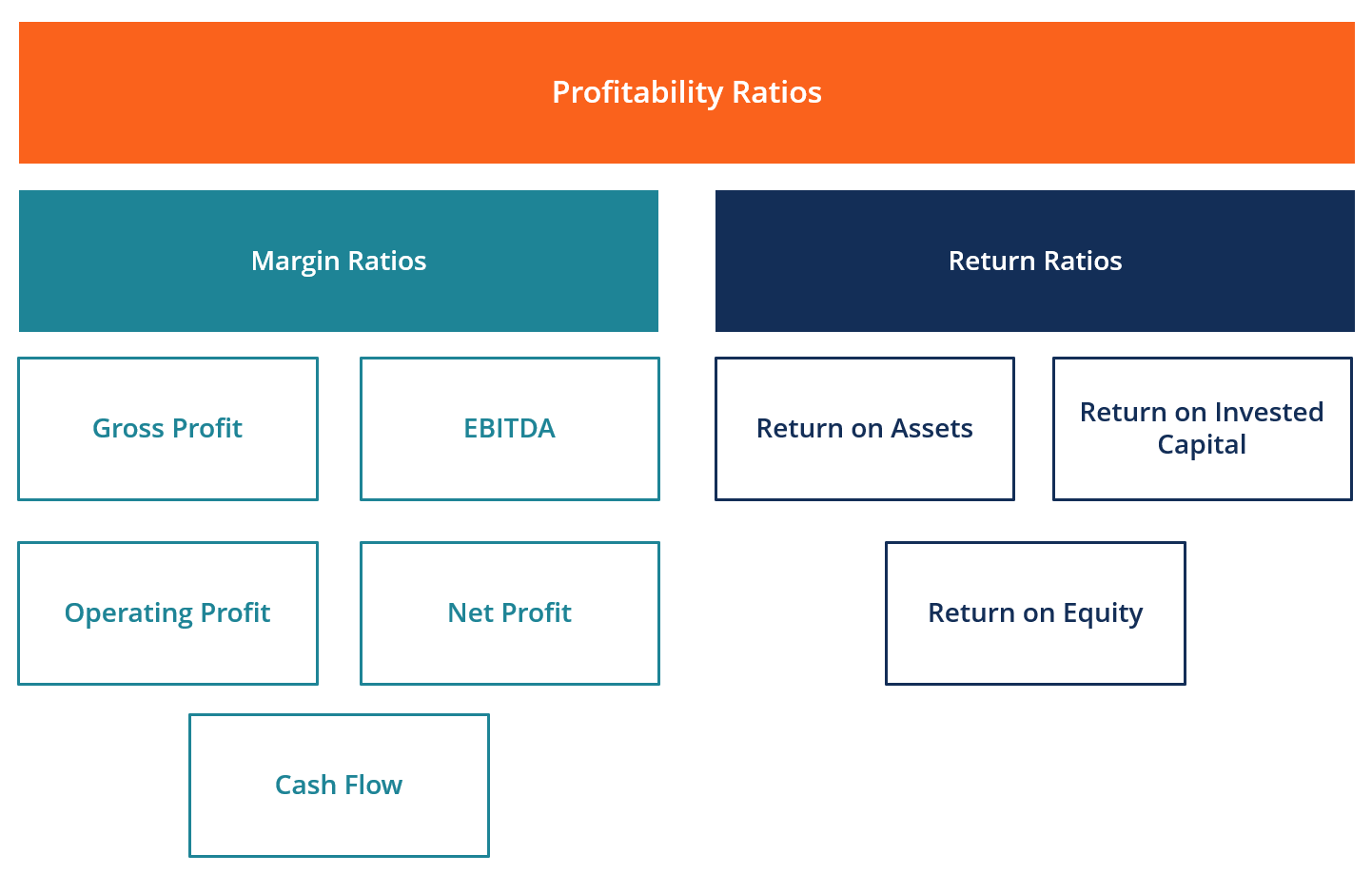What Is Account Reconciliation?

Once the trial balance looks accurate, you can rest assured your accounts have been reconciled properly. Once these adjustments are made to the general ledger, your bank account will now be reconciled with your general ledger account. If you find any bank adjustments, record them in your personal records and adjust the balance accordingly. Account reconciliation is a crucial how to calculate the asset turnover ratio function in business accounting that helps address several fundamental objectives in the accounting process. Reconciliation for prepaid assets checks the balances for different types of prepaid assets, factoring in transactions like additions and amortization.
Two Ways to Reconcile an Account
Consequently, any transactions recorded in the bank statement and missing in the cash register should be added to the register. It is possible to have certain transactions that have been recorded as paid in the internal cash register but that do not appear as paid in the bank statement. An example of such a transaction is a check that has been issued but has yet to be cleared by the bank.

What is reconciliation in accounting?
An important account reconciliation guide including the basics, best practices, and why account reconciliation is essential for businesses. For example, Company XYZ is an investment fund that acquires at least three to five start-up companies each year. For the current year, the company estimates that annual revenue will be $100 million, based on its historical account activity. The company’s current revenue is $9 million, which is way too low compared to the company’s projection. I know you’d rather be selling your products or providing services to your clients than being stuck in the office doing account reconciliations. But the good news is, if they’re done on a timely basis, they become much easier.
- Meanwhile, a construction company dealing with equipment and material costs may choose quarterly reconciliations to guarantee their financial processes operate smoothly.
- Prepaid assets, such as prepaid insurance, are gradually recognized as expenses over time, aligning with the general ledger.
- Account reconciliation comes in various forms, each tailored to address specific financial aspects and discrepancies within an organization.
- The bank discovered that the mysterious transaction was a bank error, and therefore, reimbursed the company for the incorrect deductions.
- Tick all transactions recorded in the cash book against similar transactions appearing in the bank statement.
- By practicing regular reconciliation, businesses protect their integrity, demonstrating a commitment to accuracy and transparency.
The first step is to compare transactions in the internal register and the bank account to see if the payment and deposit transactions match in both records. Identify any transactions in the bank statement that are not backed up by any evidence. Most accounting software applications offer automatic bank reconciliation, which reduces the work. However, if some of your bank accounts aren’t connected to your software, you’ll have to reconcile those manually.
Why is account reconciliation important?
Bank errors are infrequent, but the company should contact the bank immediately to report the errors. The correction will appear in the future bank statement, but an adjustment is required in the current period’s bank reconciliation to reconcile the discrepancy. General ledger reconciliation, where accountants check the accuracy of the company’s account balances at the end of an accounting period, ensures the accuracy of financial statements. Balance sheet reconciliation involves comparing the balances of internal accounts against corresponding external documents. It’s a bit like our earlier example with the bank statement, but this process is broader.
This is accomplished by scanning the two sets of records and looking for discrepancies. If you find any errors or omissions, determine what happened to cause the differences and work to fix them in your records. Most account reconciliations are performed against the general ledger, considered the master source of financial records for businesses.
First, make sure that all of the deposits listed on your bank statement are recorded in your personal record. If not, add the missing deposits statement of account to your records and your total account balance. Business-specific reconciliations are performed within a specific business unit, such as stock inventory or expense reconciliation. This helps to ensure that the financial records of that unit are accurate and up-to-date. Intercompany reconciliation is a process that occurs between units, divisions, or subsidiaries of the same parent company. This type of reconciliation involves reconciling statements and transactions to ensure that all business units are on the same page financially.
This type of reconciliation involves comparing the cash account balances in your company’s general ledger to the balances in your bank statements. It helps identify discrepancies caused by outstanding checks, unrecorded deposits, bank fees, or other timing differences. Account reconciliation is a critical financial process that ensures the accuracy and consistency of an organization’s financial records. By comparing internal financial statements with bill and hold agreement example external sources, such as bank statements, businesses can identify discrepancies, correct errors, and maintain financial integrity.
Reconciliation in accounting is the process of making sure all the numbers in your accounting system match up correctly. For example, when reconciling your bank statement with your company’s ledger, bank reconciliation means comparing every transaction to make sure they match. This practice helps identify and rectify discrepancies, including missing transactions. In essence, reconciliation acts as a month-end internal control, making sure your sets of records are error-free.
